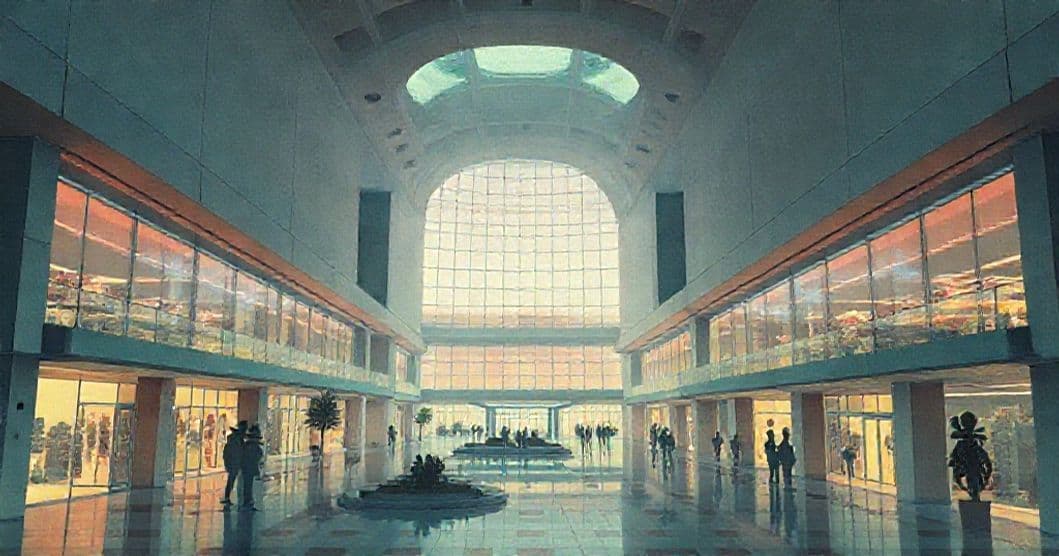Part 1: Dream Presentation
The mind often constructs recurring landscapes that reflect deeper psychological truths, even when those locations bear no resemblance to waking reality. For years, a particular architectural vision has haunted my patient’s dreams—a massive, grey Brutalist shopping mall that appears in various roles, yet never seems to exist in the physical world. This imposing structure, with its stark concrete exterior and sparse artificial greenery, serves as both central focus and silent backdrop across multiple dream narratives. In some dreams, it dominates the scene as a destination: a place to attend car shows or purchase vehicles, its interior shifting unpredictably yet retaining its defining architectural identity. In others, it materializes as an incongruous presence—falling from a bus in a dense jungle, the mall’s angular silhouette looms in the distance; stranded on a highway, it stands as an unexpected sentinel on the horizon. Most curiously, it sometimes merges with the dreamer’s waking neighborhood, replacing familiar structures without explanation. The only direct interaction occurs when the dreamer tends to the mall’s decorative leaves on upper floors, an act of caretaking that feels both purposeful and mysterious. Though the mall has never felt overtly threatening, a false awakening in a REM cycle introduced a shadowy entity beside the bed, creating tension where none previously existed. This recurring location, with its lack of real-world counterpart, suggests a deeper psychological narrative unfolding in the unconscious mind, waiting to be explored.
Part 2: Clinical Analysis
Symbolic Landscape: The Architecture of Unconscious Patterns
Want a More Personalized Interpretation?
Get your own AI-powered dream analysis tailored specifically to your dream
🔮Try Dream Analysis FreeThe Brutalist shopping mall functions as a powerful symbolic container in this dream. Its defining features—the stark concrete exterior, functional design, and artificial greenery—represent the tension between structure and nature, order and organic life. In architectural terms, Brutalism often symbolizes institutional power, permanence, and the raw functionality of modern society, making it an ideal metaphor for the dreamer’s relationship with routine, consumerism, and societal expectations. The recurring nature of this location suggests it has become a psychological
